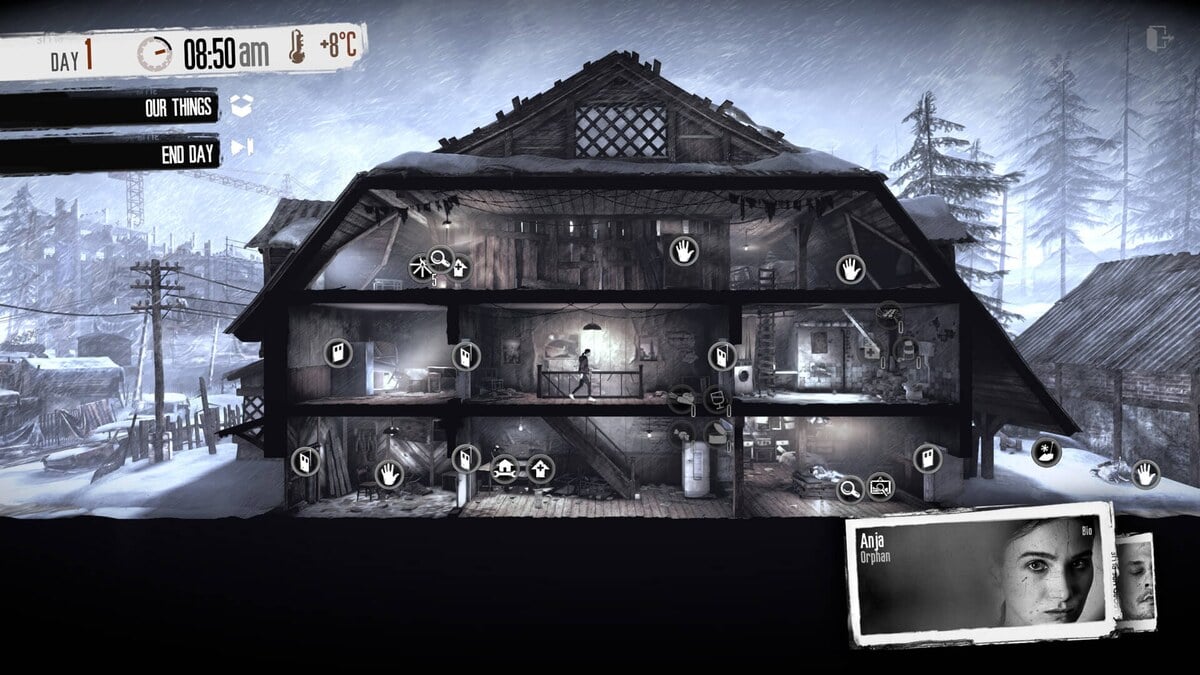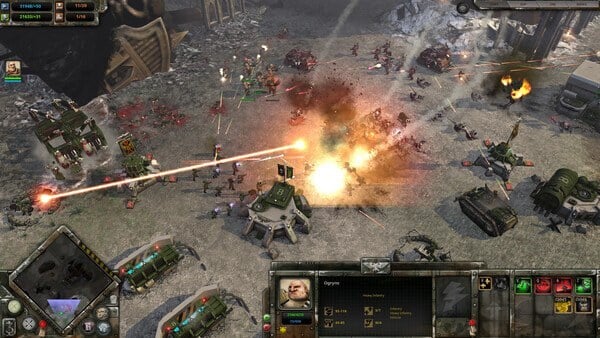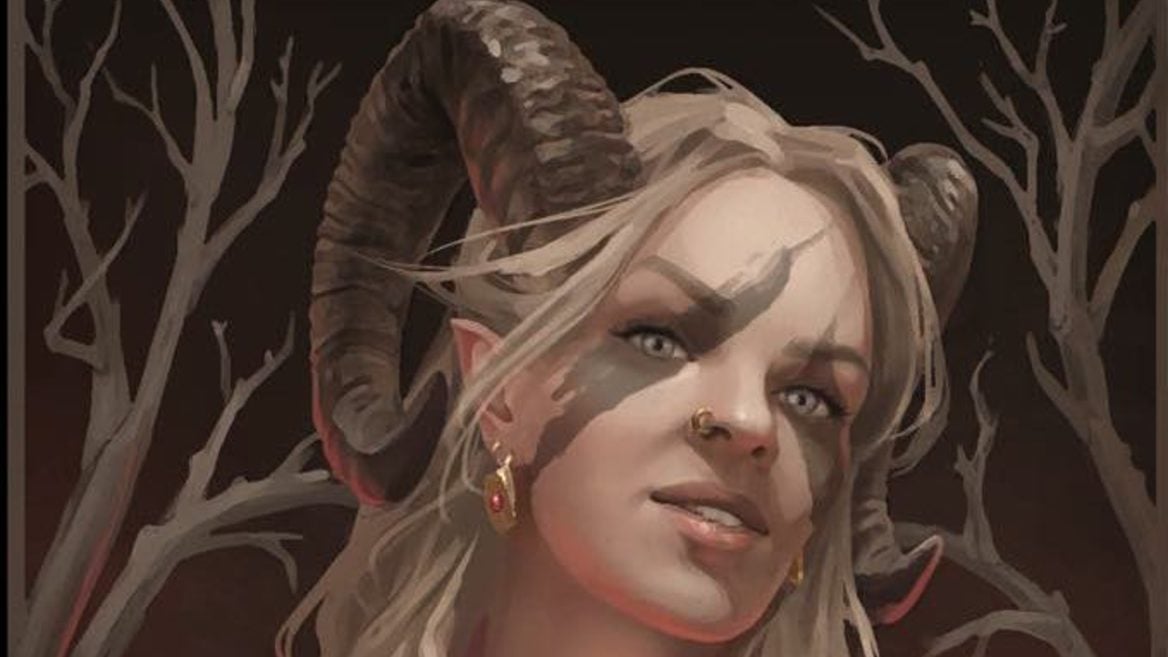"Looks like Belarus-2019." A businessman is developing a gamedev project in Poland — here are his observations
Dzik spoke with a Belarusian developer who is building his own game development project in Poland.
Dzik spoke with a Belarusian developer who is building his own game development project in Poland.

Dzik spoke with a Belarusian developer who is building his own game development project in Poland.
The interviewee has been officially working in game development since 2009. During this time, he has worked in 10+ companies, including Wargaming, Melesta, Saber Interactive, and Vizor Projects, among others, from micro-indie studios to large corporations. Today, he lives in Poland, where he is building his own game studio with partners: «We’re learning to navigate the local industry,» he says.
«I’m over 35 years old, I’ve devoted more than half my life to game development, but I still play 40-60 hours a week—otherwise you lose your edge,» the speaker adds.
«We have reports from the Ministry of Development and Technology,» the interviewee explains. «The latest one is dated 2023, but we can assume that not much has changed since then.»
Poland is the gaming leader in Europe. No other EU country produces as many games as Poland does at the moment.
The local industry is very similar to the industry in Belarus in 2019. There are 1-2 major players and about a dozen smaller ones, plus a whole constellation of indie and mobile developers.
Thanks to the ministry report, we know that the largest player in the market is CD Projekt RED. According to the latest data, it accounts for about a third of all Polish game dev revenue. So, CD Projekt RED’s main income still comes, most likely, from GOG.com and «Cyberpunk 2077.»
There are also cool companies like CI Games, 11 bit studios, Techland. There are also offices of other studios, such as Larian—the company behind Baldur’s Gate.
And these offices are exactly what Belarus didn’t have. Neither Ubisoft nor Electronic Arts came to us; we had our own industry giants.
To summarize, Poland has a couple of large developer-publishers—these are economic giants that «feed» on talent grown from smaller companies. So, just like in Belarus, you first work in a smaller company, and then move to one of the 4-5 big companies—if you’re really lucky, even to CD Projekt RED itself.
«Eastern Slavic and especially Polish games are a kind of meme,» says the Belarusian. «Many Polish games, including 'The Witcher,' 'The Invincible,' 'Frostpunk,' 'This War Of Mine,' and—okay, let’s stretch it—'Cyberpunk' are very dark in tone.»
They pay a lot of attention to complex moral choices, usually without clearly good options, always something gray. At the end of a Polish game, you expect a resolution that gives you goosebumps.
For example, take the survival simulator in a besieged city, «This War of Mine.» You can survive if you’ve played many hours and know the basics of survival here very, very well, or if you behave like a morally bankrupt person—killing and stealing.

But at the same time, there are many Polish games that aren’t so gloomy. For example, projects from Techland are quite standard (by American market standards).
The second aspect of Polish games that often appears in such products is the presence of the local spirit. I mean, not necessarily Polish, but rather a collective image of Slavic life. In «The Witcher,» it’s the bestiary. And in the builder simulator «Majster Simulator», it’s the local vibe of alcohol trash.
This creates a pretty strong contrast with studios from other European countries that try to attract American audiences and make «sterilized» games. They lack this cultural baggage of the creators.
In local games, you can see that people put part of their soul, and you can notice that this soul is Polish.
«At the moment, with Steam, EGS, and other online stores, everyone has a chance to break through in the indie era—and everywhere,» the entrepreneur believes. «All you need is a good game idea and a small team of people who are charged up for success.»
What sets Poland apart from other countries is that a mass of small publishers has emerged here, working with indie companies and AA projects. This makes it much easier to reach the right people. Finding funding for a small project here is easier than in Europe as a whole.
Plus, living conditions in Poland are cheaper than, for example, in Norway. The amounts of money discussed here are smaller, so there’s a better chance of getting it.
You can find people, make the right contacts, and almost immediately find a publisher. For example, when we made a demo and sent letters to publishers, half of the 10 recipients responded to us. That’s unheard of, because usually only one or two respond. But here they immediately sent us a preliminary agreement.
We ended up working with others, but the point is that the Poles looked at us and immediately homed in on us like a tactical missile.
What led to the victory of indies in Poland? COVID-19. People in quarantine started playing more different games, and since Poland was a big producer of indie games, they exploded against this background. You can easily see this even in the statistics in the ministry report: in 2020, there was a huge spike of 2 or 3 billion in revenue from indie companies.
«We know that most of the money is still made in the US. And most players are in China.»
It’s hard to predict what will be a hot topic tomorrow. Styles and trends change every week—it all depends on which influencer notices your game.
There are certain YouTubers, Twitch streamers, for example, Markiplier, Asmongold, moistcr1tikal. If they play your game, you’re guaranteed success. Without any announcement—sometimes within just one stream or a few days. This is how some projects, like Supermarket Simulator or Schedule 1, made millions of sales, leaving behind Sony, Microsoft, Ubisoft with some of their titles.
You just need to keep your finger on the pulse and make games that currently interest players. If you give the audience what it wants, then you’ll win. But it’s very difficult to say what the audience wants.
I think the most important thing is to do what you like and what you’re good at, rather than copying other people’s ideas with questionable quality. As with many things, if you’re brave and have a good idea, you’ll most likely win.
For example, I think that in 2025, the game of the year will be an indie project by a small team—without co-op, microtransactions, or any corporate fluff. I mean Hollow Knight: Silksong. People have been waiting for it for 5-7 years.
What about remakes? This is both a major problem and an obvious trend in the gaming industry. People have stopped buying new games.
This hits new developers hard—but not established ones
Users on average spend only 8% of their time on new titles, and the rest of the time they play something old. And the situation for publishers is that they need to make remakes.
It’s more about how technology has moved forward, but the game is still loved by players. So having a remake is a good and logical business approach.
While people are usually very skeptical about film remakes, it’s completely different in the gaming industry. Each remake is a celebration, an event that fans are waiting for. From recent ones, for example, the remake of Warhammer 40,000: Dawn of War was released, which players had been waiting for the past 10 years. And it sold well right away.

Typically, in such cases, the source code is simply improved to support 64-bit systems. They add 4K graphics, maybe fix stability, some particularly complex bugs. Sometimes they combine two or three games into one. But in the end, we play the same games we played as children. And the power of nostalgia guarantees that the game will sell. It’s a win-win for everyone.
And another trend: copies of old games have started appearing on the market—with improved graphics and gameplay. Otherwise, we might call it plagiarism. But, on the other hand, the original developers haven’t released updates to the game for 10 years, and players are tired of waiting. So someone went and made Void Warfare, which is just a copy of FTL—a legendary game, essentially—and no one has anything against it.
When it comes to competition with Americans, strangely enough, Poland has its own advantages.
There’s a lot of talent and ideas in Poland. Plus, development here costs less than in America or even Western Europe (and very expensive development, even at a basic level, makes prototyping and demos impossible).
Gathering a small team of five people to make a demo, for Poles, is a couple of months of work and a few packs of cigarettes. For Italians, it’s an advance payment of half a million dollars and a year of waiting for the demo. This is from what I’ve personally encountered.
As I already said, you only need a good idea to succeed. For example, take the same Supermarket Simulator. The game was made cheaply and quickly, works great, and has already earned a lot of money. And then there’s Sony, which spent half a billion dollars on their game Concord and almost immediately shut it down.
«For Polish events, follow the events from Digital Dragons in Krakow. There’s also GDC, which takes place in Gdansk. These are probably the biggest events in Poland.»
«I haven’t heard of anyone replacing a system game designer with an LLM yet,» the Belarusian states. «I don’t think it’s even possible under current circumstances.»
LLMs are not yet capable of handling such complex work. Because a game designer usually has to understand the situation comprehensively—know the capabilities of the code and the capabilities of the team; the genre in which he operates, and player expectations. These are variables that a typical LLM cannot yet account for. So, honestly, no one is worried about it.
What LLMs can already do (according to our interviewee):
According to the game designer, LLMs are more useful for seniors who need to speed up routine work, not for beginners. But the models don’t strongly influence the games themselves.
Although there are several directions that now sound fantastic. For example, some users are already trying to «attach» LLMs in RPGs for dialogues outside of scripts. And recently, Google DeepMind introduced Genie 3—a new version of the AI model for creating virtual worlds in real-time. But for now, this is a «limited preview version for research» that will be available to «a small group of scientists and developers» so they can better understand the risks and ways to effectively reduce them.
Also, according to our interviewee, in the future, it will be possible to generate worlds and systems for a specific player—taking into account their brain impulses or eye tracking.
«But there are two big obstacles right now,» he adds. «First, today it’s a very energy-intensive technology. And second, people don’t trust artificial intelligence very much yet and don’t really want to buy products that were created with its participation. Probably, in the next 20-30 years, things made without any AI involvement will be valued higher.»
But in any case, the Belarusian adds, an LLM is a tool, not a replacement for human workers.
«Maybe I look at this as a game creator, but overall I consider it a positive phenomenon. We already work in a field where ideas are what matter most,» he says.




